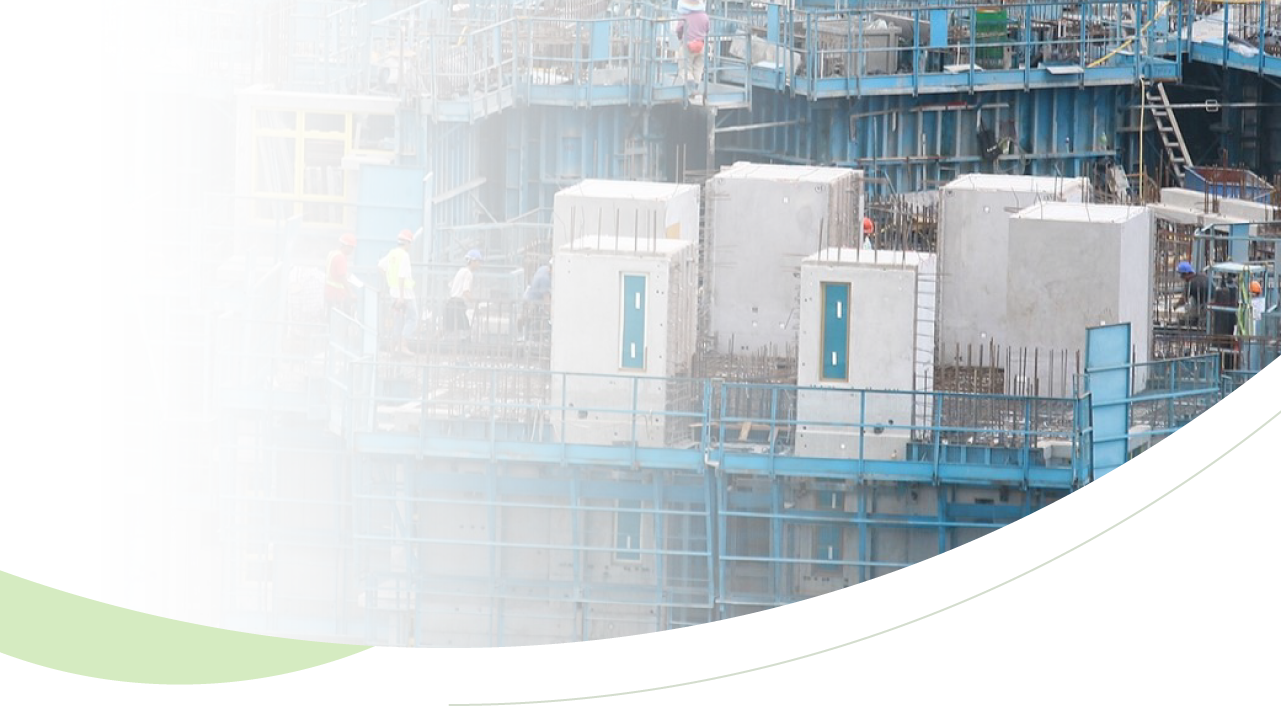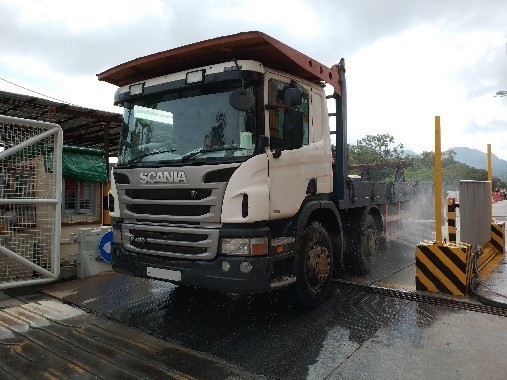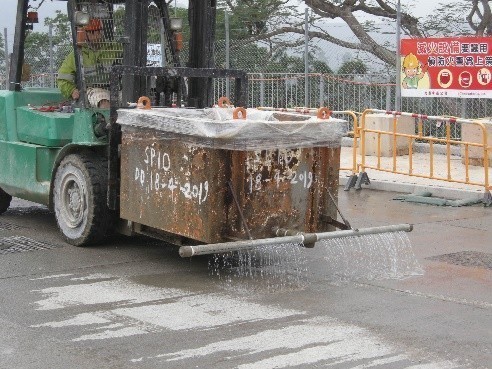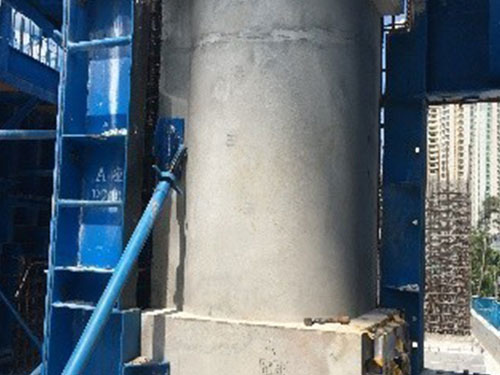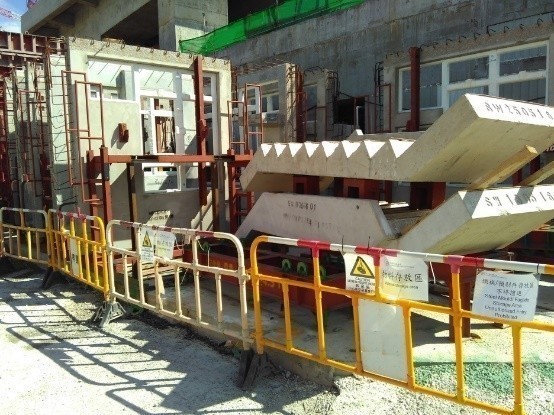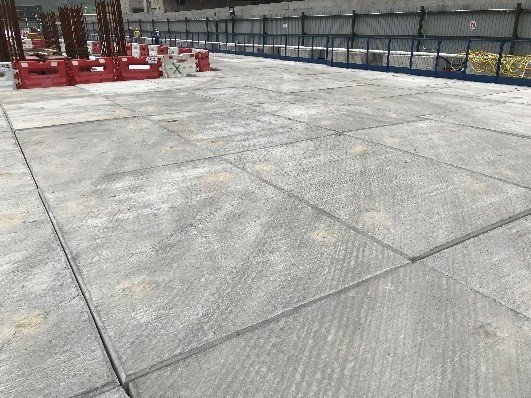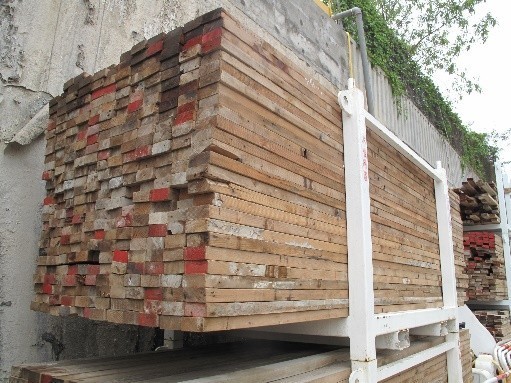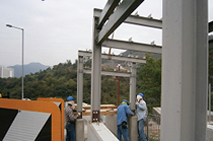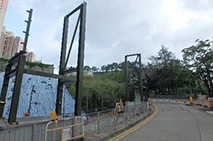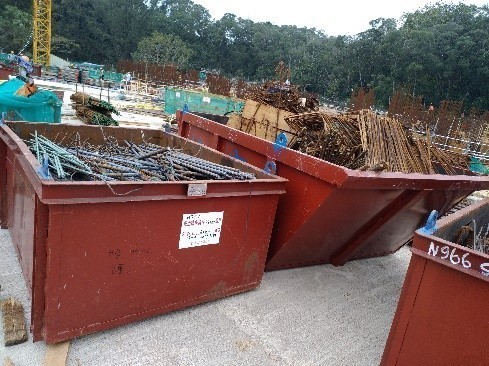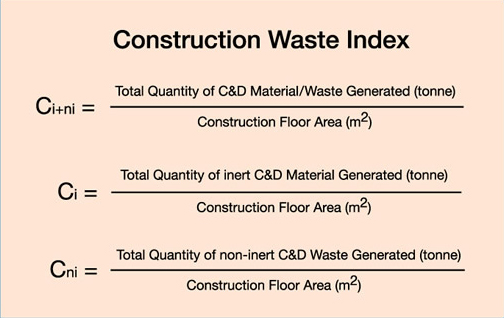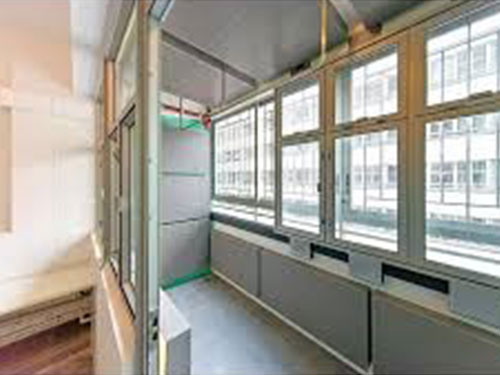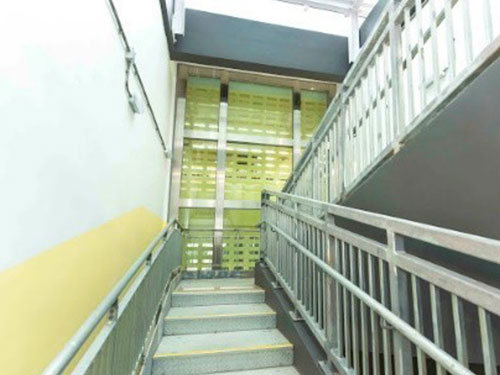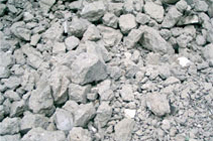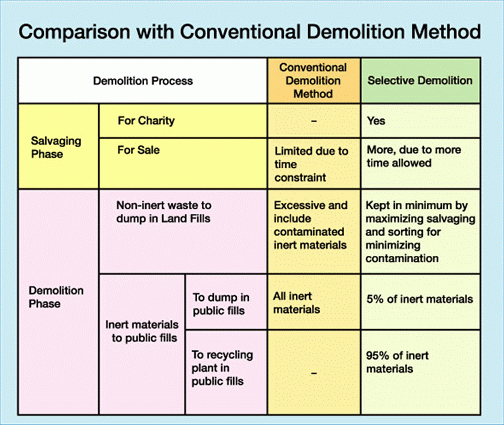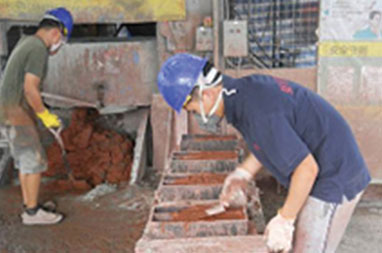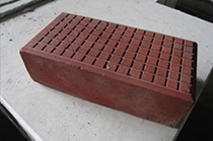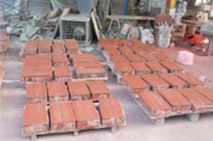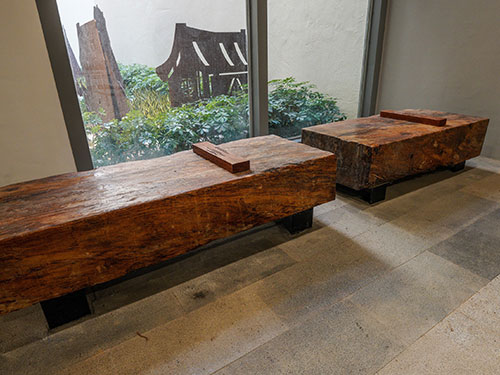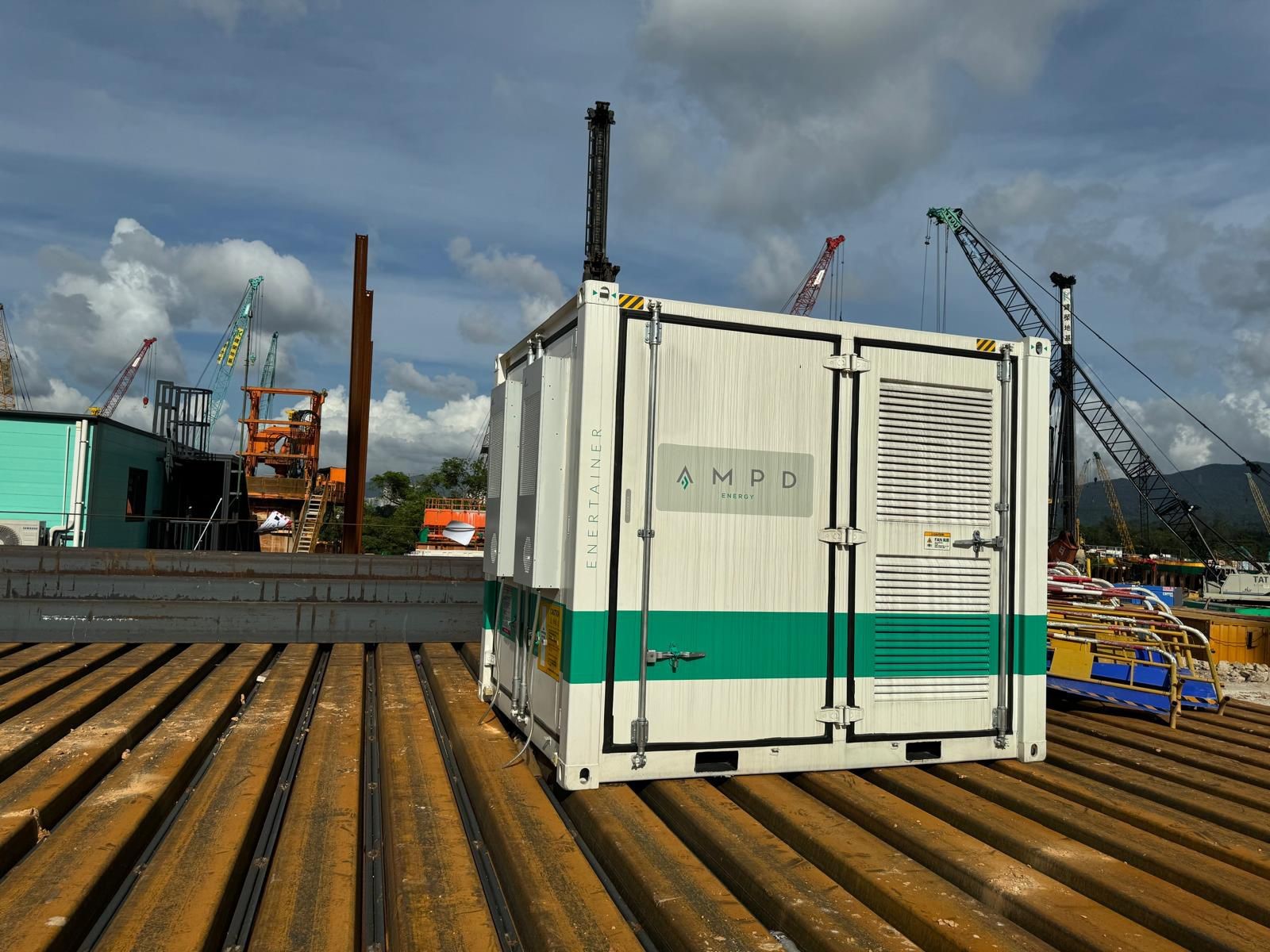-
The Scheme has been implemented since October 2003, covering the following items:
- Environmental Management Plan (noise control, water pollution control, dust control, protection of existing facilities);
- Meetings and inspections on environmental and hygiene management;
- Induction and toolbox training;
- Environmental protection and hygiene measures;
- Compliance with regulations; and
- Provisional fund for other environmental management and site hygiene items.
Since 2012, the Scheme has been further enhanced to
- mandate the provisions of Environmental Manager and Environmental Supervisor;
- enhance provisions for site cleanliness to uplift the image of the construction industry; and
- incentivise extra-mile achievements on environmental and hygiene culture and innovations.
Since 2018, the payment criteria of the Scheme were enhanced to boost performance of environmental management and site hygiene.
-
We have been actively pursuing the mechanised prefabrication construction system in our public housing developments with an aim to satisfy customers' need, upgrade building quality, improve construction safety, enhance environmental protection and increase cost effectiveness. Prefabricated building elements such as precast façades, precast staircases, partition walls, water tanks at ground level and semi-precast slabs are commonly used in our housing projects.
Volumetric precast bathrooms and kitchens, precast beams, roof parapets, precast roof water tanks, refuse chutes, manholes, cable drawpits and drainage channels were adopted in various projects where applicable.
-
Hard-paved construction comes in different degrees, ranging from part to whole of the site being paved with precast concrete panels. We have incorporated hard-paved construction into our Environmental and Other Obligation (EOO) in the assessment for evaluating contractors' performance. Advantages of hard-paved construction include:
- Better dust control;
- Better housekeeping;
- Better drainage;
- Site safety improvement;
- Minimise waste; and
- Facilitate proper storage of materials throughout the construction process.
-
Since 2004, we have been using construction waste index to:
- Monitor contractors' performance in waste management;
- Measure the effectiveness of the waste reduction specifications which are being improved continuously;
- Report on the Housing Authority's efforts in minimising construction and demolition waste; and
- Benchmark our performance with other stakeholders.
-
Selective demolition is reversal of the construction sequence to increase the recycling rate of reusable materials. It involves on-site survey, planning and liaison work. Prior to the demolition of a building, all electrical appliances, furniture and fixtures (such as doors and windows with frames) are taken down first, followed by non-recyclable fittings and finishes such as tiles. Various kinds of waste materials will then be separated on-site for recycling, reuse or disposal.
By adopting selective demolition:
- Reuse/recycling of resources can be maximised;
- Project Officer can contact recognised social organisations for their collection of re-usable items, such as electrical appliances;
- The demolition sequence has to be planned and scheduled, hence logistical arrangement needs to be more advanced when compared with the conventional demolition method; and
- Nearly all inert construction waste(note) resulted from demolition work can become recyclables.
(Note: 'Inert construction waste' refers to construction waste specified in Schedule 5 of Cap 354N under Waste Disposal (Charges for Disposal of Construction Waste) Regulation: Rock, rubble, boulder, earth, soil, sand, concrete, asphalt, brick, tile, masonry or used bentonite)
-
Considerable efforts have been made to use recyclable materials in various housing projects. We have implemented measures to use concrete paving blocks with recycled glass cum aggregates. Also, recycled plastics were used as external decking in various projects. Cement–stabilised marine mud was used for backfilling excavations and making masonry blocks, pavers and roof tiles for Kai Ching Estate. For our project at Shui Chuen O Estate, we are making use of rocks excavated from foundation and site formation as the materials for constructing Gabion structures as far as practicable.
-
Trees felled during site formation process were usually disposed in landfills. We strive to fulfil our responsibility in sustainable use of material. An experiment of recycling felled trees took place in Hung Fuk Estate. Felled trees were turned into compost as soil conditioner through machinery decomposition. The results have been used in the development of composting machines selection criteria and identification of the optimum application rate for transforming wood waste and garden waste into compost.
-
To reduce carbon emission during site construction, HA requests building contractors to use power from utility supply company as much as possible. If temporary electricity supply from the power supply company is insufficient to meet the power demands, we require the use of battery energy storage system or diesel generators that use more environmentally friendly fuels.
